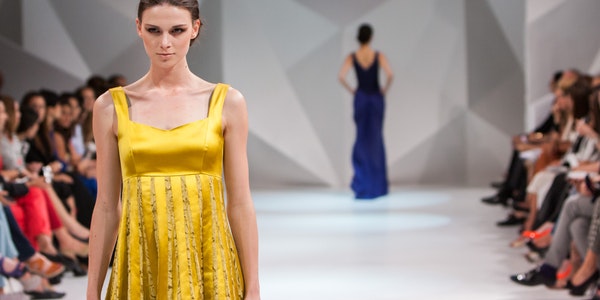Table of Contents
Intensity of Light
The intensity of light refers to the degree of light reception on the surface of the subject, that is, the illuminance. Illuminance is an important basis for determining exposure, which is proportional to the luminous intensity of the light source and inversely proportional to the square of the distance. The illuminance on the inclined plane is also related to the cosine function of the incident angle of the light.
The intensity of light in photography is often expressed by the EV (Exposure Value) value of illuminance measurement. In the shooting of outdoor scenes, the light meter or the in-camera metering system can be used to analyze the intensity of the main light and control the light ratio. If the natural light is too strong, attenuate the key light or compensate on the dark side. If the natural light is too weak, moderately increase the brightness of the picture or replace the key light with a new light source.
Nature of Light
The properties of light are represented by hard (direct light) and soft (scattered light). If there are obvious shadows after the light hits the object, it is hard light. Soft light if there are no distinct shadow outlines. It should be pointed out that the hardness and softness of the light are not directly related to the intensity of the light. Soft light can also be more intense than hard light. The light intensity of the sun on a cloudy day can greatly exceed that of a low-power direct flash.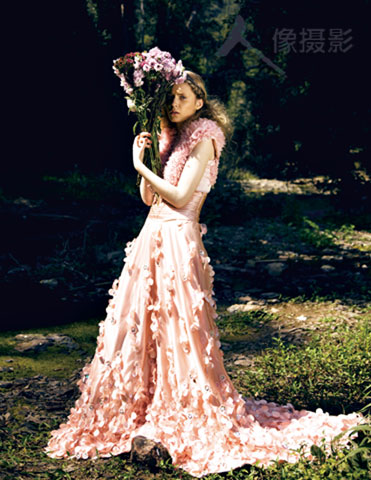
direct light
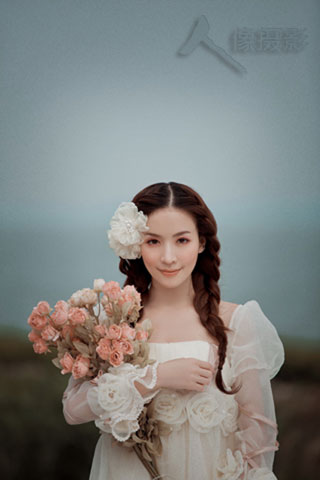
Scattered light
Natural and Dramatic Lighting
In portrait photography, it conforms to objective physical logic and has a lighting style that unifies the source of the light source, which we call natural light effect. The works shot with natural light effects are natural, fresh, and believable.
In addition to natural lighting, there is another style of lighting, dramatic lighting. For example, if two newlyweds are looking at each other, and one is in a side-facing position, the other will be in a side-backlighting position in real visual habits. This is in line with the actual characteristics of daylight lighting.
On the other hand, if the newlyweds look at each other, one of them is in the side-beaming position, and the other side is also in the side-beaming position through the fill light. Although it does not conform to the logic of light sources in natural situations, both faces are well-layered.
This way of focusing on lighting effects and weakening the logical relationship is called dramatic lighting. The two light effects have their own characteristics, and there is no difference between them.
When using a reflector, if only moderately compensate for the shadows of the dark parts produced by sunlight to make the layers better, it can be considered as a lighting style that conforms to natural lighting effects. If through compensation, the brightness of the backlight part is greatly improved when the two people are looking at each other, and both parties are uniformly illuminated, which is in line with the lighting style of dramatic lighting effects.
6 Elements of Photography Lighting
1. Light source
Light is divided into natural light and artificial light. Natural light refers to natural light such as sunlight and moonlight. Natural light will appear particularly realistic, and the shooting can be blocked by objects or by reflection (you can use A4 paper to reflect the light). Photographers typically choose mornings and a period of time before sunset, when the light is softer. Direct sunlight at noon is not very effective.
Artificial light is often referred to as lighting, which is artificial and can change direction, angle, and intensity at will. This light is commonly used in wedding photography, advertising photography, portraits and still lifes. Flash is artificial light, but try not to use flash when shooting. It is not allowed to be used in many places during travel, and it is easy to have red eyes when you use it yourself. Improper use of flash is not good.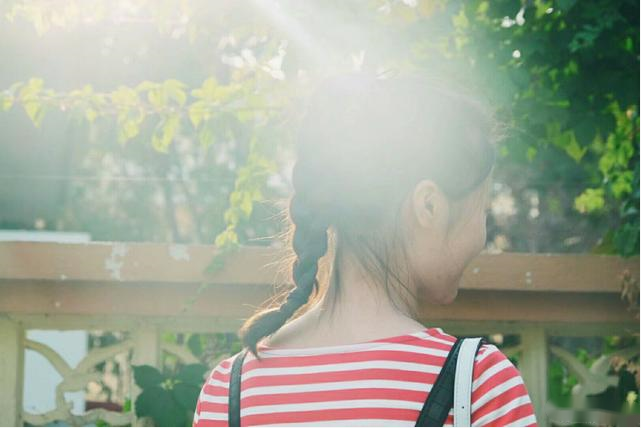
Natural light
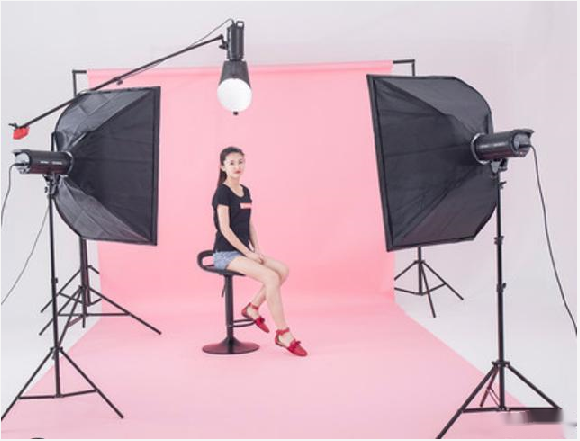
Artificial Light
2. Luminosity
Luminosity: The luminous intensity of the light source and the illumination distance affect the illuminance. The amount of illuminance and the color of the surface of the object will affect the brightness. Whether your photo is transparent or not has a lot to do with the way you use the light. So pay attention to the intensity of the light, the distance, the light-receiving area of the object itself, the color of the surface and so on. According to relevant information, the illuminance of a 2-kilowatt tungsten filament lamp at a distance of 1 meter from the light source is roughly equivalent to the solar illuminance in the spring and autumn seasons in the plain area under sunny conditions at noon.
3. Light quality
Light quality refers to the properties of light gathering, scattering, soft and hard. Spotlight is characterized by coming from an obvious direction, producing shadows that are clear and intense. Astigmatism is characterized by coming from several directions, producing shadows that are soft and not sharp. How soft or hard light is depends on several factors, with narrow beams generally harder than broad beams.
Hard light can make the subject produce a strong contrast between light and dark, which is helpful for the performance of texture. Soft light is good at revealing the shape, shape and color of objects, but not good at expressing texture and details. Photographers often use soft light for portraits.
4. Light type
Light type refers to the effect of various light rays when shooting. Like what key light, fill light, trim light, contour light, etc.
(1) Key light: Also known as “shaping light”, it refers to the main lighting light used to display the scene, express the texture, and shape the image.
(2) Auxiliary light: Also known as “fill light”, it is used to improve the brightness of the shadow part generated by the main light, reveal the details of the shadow part, and reduce the image contrast.
(3) Modified light: refers to the enhanced shaping light added to the part of the subject, such as hair light, eye light, flare light of craft jewelry, etc.
(4) Contour light: refers to the light framing the outline of the subject. Backlighting and side backlighting are usually used as rim lights.
(5) Background light: The light is located behind the subject and illuminates the background. Used to highlight the subject or beautify the picture.
(6) Simulated light: also known as “effect light”, the auxiliary light added to simulate a certain scene light effect.
These lights are all a function, in order to highlight the subject.
5. Light ratio
The light ratio refers to the difference in the amount of light received between the bright part and the dark part of the main part of the subject. The larger the light ratio, the larger the contrast, which is conducive to the performance of the “hard” effect. The light ratio is small, the contrast is small, which is conducive to the performance of “soft” effect. For example, a large light ratio is commonly used for photographing the elderly, and a small light ratio is commonly used for photographing children.
What many photographers call hard tone is high contrast, and soft tone means low contrast. In portrait photography, contrast can well express the character of the character. High contrast appears strong and powerful, and low contrast appears soft. In landscape photography and product photography, high-contrast texture is hard, while low-contrast is objectively dull.
6. Light Color
Light color refers to the “color of light” or “color component”. When we say “Light color”, it usually refers to as “color temperature”. There are many data for color temperature, such as the color temperature of sunlight at noon is 5400k, and the color temperature of flash is 3800k.
The lower the color temperature, the more red components, called warm light. The higher the color temperature, the more blue components, called cold light. Warm and cool can help with color correction in post. Cool tones refer to cyan and blue, giving people a cool feeling, thinking of blue sky ~ ocean ~ moonlit night and so on. Summer will feel refreshing, and many young people like cooler colors. Warm colors refer to red, orange, etc., giving people a warm feeling. Can make people think of the sun, flames, etc., giving people warm and active. After sunrise, the light is warm before sunset.
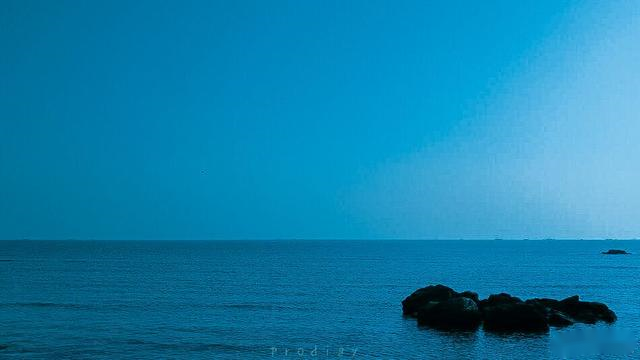
Cool color
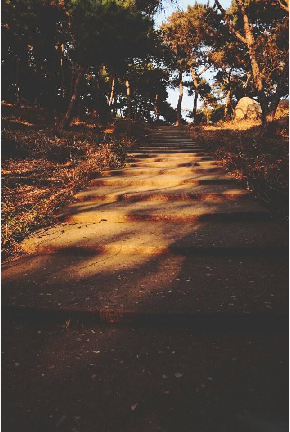
Warm Color
